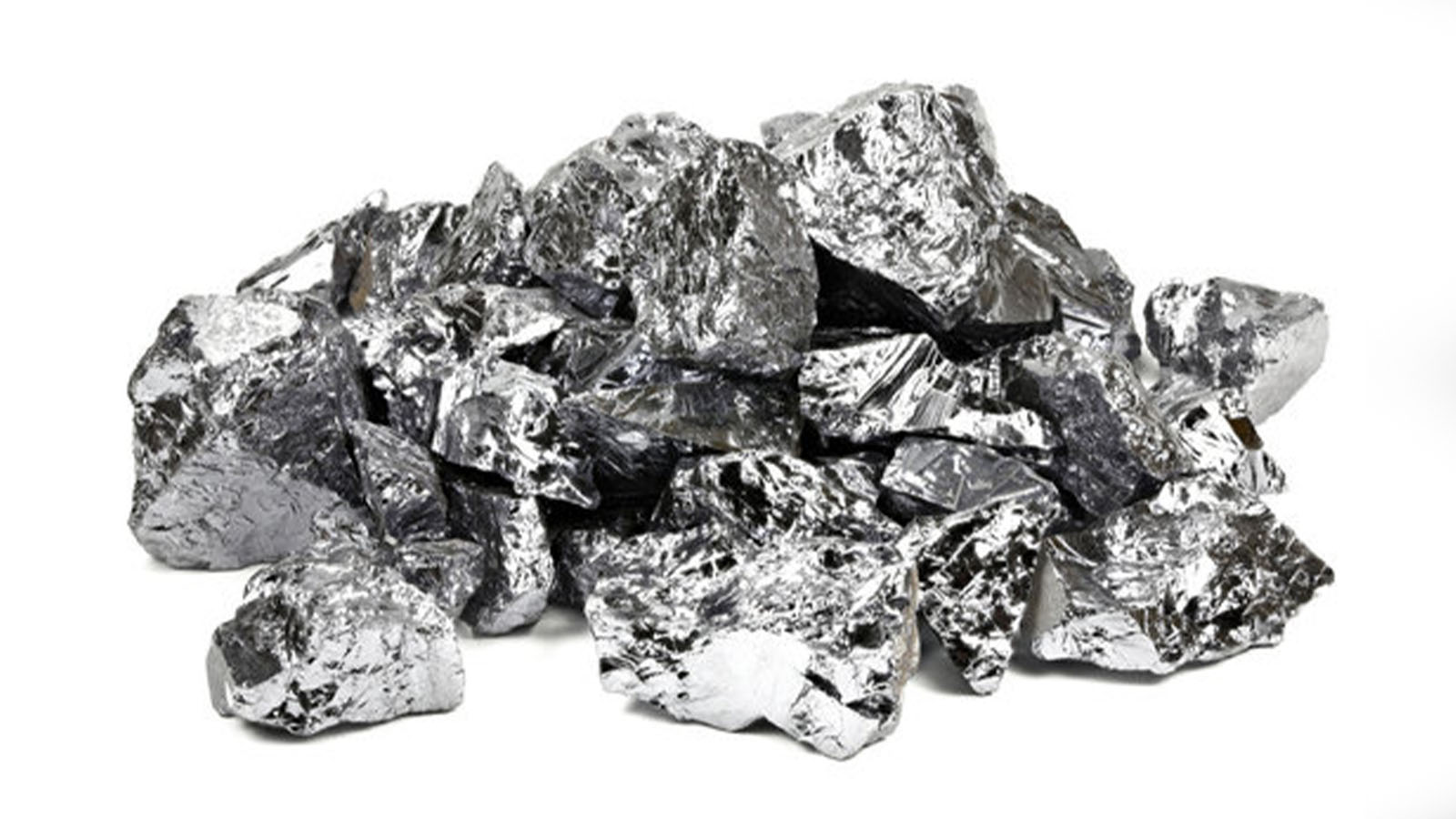We keep hearing the word silicon, silica, silane, quartz and ceramic. So today I hope to create a better understanding of these terminologies and if you like to dwell deeper in, into the world of polysiloxanes.
Silicon (Si)
![]() Silicon is a chemical element, one of the 94 natural building blocks from which our minerals are formed. A chemical element is a substance that can’t be subdivided into simple substances without splitting atoms. Silicon is the second most abundant element in the earth’s crust, making up about 27% of the average rock. Silicon links up with oxygen (which makes up 55% of the earth’s crust) to form the most common suite of minerals, called the silicates.
Silicon is a chemical element, one of the 94 natural building blocks from which our minerals are formed. A chemical element is a substance that can’t be subdivided into simple substances without splitting atoms. Silicon is the second most abundant element in the earth’s crust, making up about 27% of the average rock. Silicon links up with oxygen (which makes up 55% of the earth’s crust) to form the most common suite of minerals, called the silicates.
Quartz, feldspars, olivine, micas, thomsonite, jadeite, and prehnite are all silicates. There is so much oxygen around that pure native silicon is almost never found naturally.
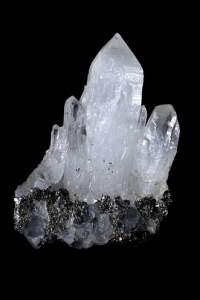 Silica (SiO2)
Silica (SiO2)
Silica is a bit trickier concept. It refers the combination of silicon plus oxygen. The mineral quartz is silica. But so are the minerals tridymite, coesite, cristobalite and stishovite which are mineral forms of silica that are stable at high temperatures and pressures. All these minerals are also silicates.
In other words, quartz is a silicate made of pure silica. But feldspars contain sodium, aluminum, potassium and calcium in addition to silicon and oxygen. Thus feldspars are silicates but they aren’t pure silica.
Geochemists also use the term “silica” to refer to the overall silicon and oxygen content of rocks. This is confusing, but stems from the fact that in rock analysis and sample is dissolved, the solution treated, and the amount of silicon present is determined by precipitating it as silica. So a geologist may say “This rock is 48% silica”. A rockhound will look at the rock and say “How can that be? I don’t see any quartz in it!” Both are right. The rock will not have the mineral quartz because the silicon and oxygen are tied up with other elements to make silicate minerals like feldspar. Its a bit like looking at a cake and saying “I don’t see any eggs in there!” The eggs are cake ingredients but are present now in different forms.
Silicone ( [R2SiO]n)![]()
Now, what is silicone? Its a synthetic polymer of silicon with carbon and oxygen that could be in solid, liquid or gel form.
More precisely called polymerized siloxanes or polysiloxanes, silicones consist of an inorganic silicon-oxygen backbone chain (⋯–Si–O–Si–O–Si–O–⋯) with organic side groups attached to the silicon atoms. These silicon atoms are tetravalent. So, silicones are polymers constructed from inorganic-organic monomers. Silicones have in general the chemical formula [R2SiO]n, where R is an organic group such as an alkyl (methyl, ethyl) or phenyl group.
It has all kinds of medical uses, such as in antacids, artificial joints, pacemakers and implants of various notoriety, but is not, as far as anyone knows, found in rocks.
Can pure silicon be found in Nature? Yes, rarely. Recently Russian geologists were sampling gasses from Kudriavy volcano on the Kamchatka Peninsula. Here they drove quartz tubes into vents jetting out gases of over 900 degrees C.
Their tubes filled with minerals precipitating from this gas. Among them were pure silicon metal embedded in masses of salts such as halite. The silicon formed crystals up to 0.3 mm across. It was associated with pure aluminum metal, Si-Al alloys and other rare minerals.
This find was unusual enough to warrant a note in the prestigious science journal, Nature. So unless you are in Russia sampling hot volcanic gases, you can be sure that what you are finding are silica and silicates, but not silicon or silicone.
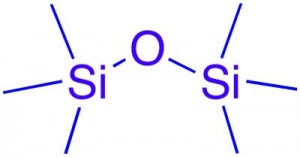 Siloxane (Si–O–Si)
Siloxane (Si–O–Si)
A siloxane is a functional group inorgano silicon chemistry with the Si–O–Si linkage. The parent siloxanes include the oligomeric and polymeric hydrides with the formulae H(OSiH2)nOH and (OSiH2)n.
Siloxanes also include branched compounds, the defining feature of which is that each pair of silicon centres is separated by one oxygen atom.
The siloxane functional group forms the backbone of silicones, the premier example of which is polydimethylsiloxane.
Thefunctional group (RO)3Si is called siloxy.
Inorganic silicon based polymers are naturally resistant to temperature, ultraviolet light and oxidation and are commonly used as binders in the formulation of heat resistant silicones and zinc silicate primers. Due to film formation and inability to obtain a balanced set of performance properties, the progress to utilise the full capability of this chemistry to improve both inorganic and organic coatings had been very slow. But thanks to recent advances in siloxane chemistry an ambient temperature curable polysiloxane coating systems with significant advantages compared to traditional inorganic and organic coatings was able to be developed.
Polysiloxanes are the newest generic class of high performance protective coating and include coating types based on inorganic siloxane and organic-inorganic siloxane hybrids.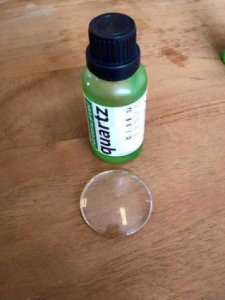
Some of the key benefits of polysiloxane coatings based on pure inorganic siloxane binder are:
- curable at ambient temperature
- have high solids and low VOC
- excellent temperature resistance
- good resistance to certain acids and solvents
- well suited for high-heat and selected chemical lining applications.
Whereas polysiloxanes based on organic-inorganic siloxane hybrid binders are:
- high solids and low VOC
- provide an improved level of performance
- have superior weatherability
- offer a cost effective, isocyanate-free alternative to aliphatic polyurethane topcoats.
- outstanding resistance to corrosion and better weatherability
It is with this initial concept and chemistry that we are able to develop our high solid series ecocoat quartz.
TERMINOLOGY
In coating compositions, the typical resins containing the silicon-oxygen bond as repeating unit in the backbone are silicates, silicones, oxysilanes and siloxanes.
Silicates are binders based on alkali metal salts of silicon-oxygen anions. Silicones are siloxane polymers with predominately two organic substituents on the silicon atom.
Oxysilane generally refers to silicon-based structures in which silicon is bonded with up to four alkoxide or hydroxyl groups, which enable certain condensation reactions. Oxysilanes can be monomeric or polymeric.
Silanes are monomeric silicon compounds with four substituents, or groups, attached to the silicon atom. These groups can be the same or different and nonreactive or reactive, with the reactivity being inorganic or organic. Inorganic reactive silanes have alkoxysilane groups and undergo hydrolytic polycondensation reactions. Organic reactive silanes contain amine, vinyl, epoxy, isocyanate or other functional groups that enable reactions with organic functionalities.
The term polysiloxane can include silicones but it is used herein in its broadest sense, that is, any polymeric structure that contains repeating silicon-oxygen groups in the backbone, side chains or cross links regardless of the substitution on the silicon atom. The presence of certain organic groups attached to the silicon atom in silicone and polysiloxane binders moderates physical, mechanical and chemical properties, typically in an advantageous way.
 Organic – Inorganic Siloxane Hybrid Technology
Organic – Inorganic Siloxane Hybrid Technology
Siloxanes are one of the most rapidly expanding areas of materials research and coating development. Siloxane chemistry are so versatile that it allows the formation of siloxane hybrids with a large range of organic polymers. In addition to acrylic and epoxy siloxane, hybrids with vinyl, fluoropolymer, elastomeric epoxy, phenol and urethane binder systems have been developed for use in tank linings, flooring systems, anti-graffiti coatings, adhesives, sealants, composites and product finishes.
The Future
Polysiloxane coatings are the newest generic coating type. Recent advances in molecular engineering chemistry and formulation technology have resulted in siloxane binders and coating systems which offer significant improvements in ultraviolet light, heat, chemical and oxidation resistance and longer term protection from corrosion and degradation.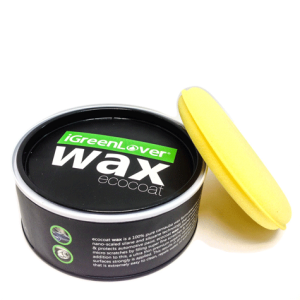
Organic-inorganic siloxane hybrids represent the most significant advance in ambient cure protective coatings in many years. This chemistry allows the retention of desirable properties in existing systems while enhancing those areas needing improvement. Organic-inorganic siloxane hybrids have been formulated with performance properties, durability and extended service life not previously attainable with conventional inorganic or organic coatings. The results of this aspect is the creation of IGL Ecocoat Wax. It is a polysiloxane carnauba wax with the strength of the polysiloxane as a binder.
Siloxane hybrid coatings have high-solids, low VOC and cure at ambient temperatures without the use of isocyanates. (Isocyanates include compounds classified as potential human carcinogens and known to cause cancer in animals. The main effects of hazardous exposures are occupational asthma and other lung problems). The superior weatherability and excellent corrosion resistance of siloxane hybrid coatings make them ideal as toxicologically more acceptable, cost effective alternatives to traditional aliphatic coatings.
Inorganic siloxane and organic-inorganic siloxane hybrid coatings has indeed advanced to provide new options and real value for end-users in protecting their investment.

